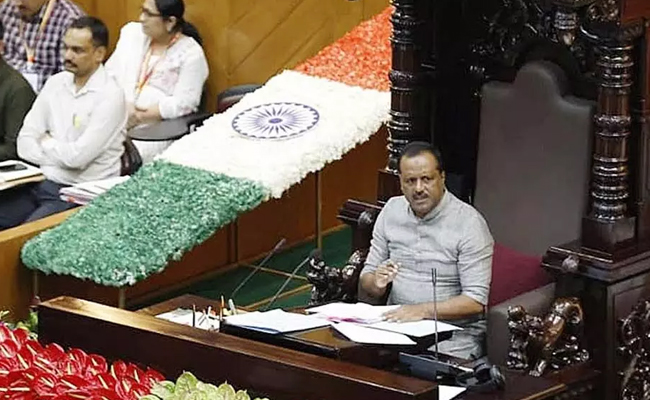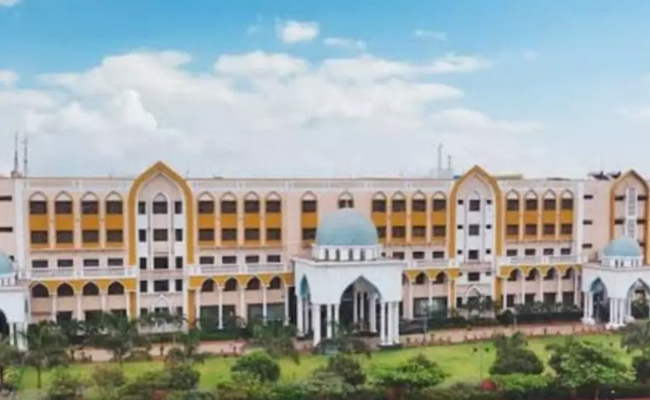Mangaluru : Social service organisation HOPE Foundation and Bakers Treat Mangaluru in collaboration with some Food Bloggers has launched a unique initiative '1000 Book Project' with the slogan Jab Padega India tho Badega India on Wednesday . The idea of this project is to collect books from donors and send it to rural schools in India.
Popular Instagram bloggers from Mangalore like @thehungerqueen @thefatchickdiary @kiss.my.spatula @artbyfayaz @atu.pai @thejquest @bakerstreat and @traveller_soul_ixe joined in together and came up with this idea to celebrate the 72nd Independence Day of India.
Mr. T Suresh, Commissioner of Police, Mangaluru launched the project at Bakers Treat Cafe, Falnir on 15th August, 2018 at 5:30 PM. Few selected guests and book lovers of Mangaluru attended this event.
The first few books were accepted by The Top Cop of Mangaluru Mr T Suresh.
Mr T Suresh, Commissioner of Police addressed the gathering and appreciated the work that HOPE Foundation was doing and wished them the best.
Mr. Seif Sultan , Chairman of HOPE; thanked everyone for supporting the “ 1000 Book Project” and requested more people to join in and donate books to this movement which will support the poor children in all the 4 corners of India. He also mentioned that the people could donate cash for this project.
People can donate books until the 24th of August, 2018 at Baker’s Treat and stand a chance to win gift vouchers worth rupees 10,000.
Mrs. Mariam Mohiudeen of Baker’s Treat; and her husband Mr. Dean Mohiudeen along with their two sons Nedal and Nadeem handed over a gift of appreciation to Mr. T Suresh.
The guests included Mrs. Haseena Naufal, Mr. Viraj Hegde, Mr. Shareef Valal, Ms. Shreya Rao , Mr. Abdullah and many more.Trustee of HOPE Foundation Mr Najeeb was also present.
To know more follow the instagrammers mentioned above.





Let the Truth be known. If you read VB and like VB, please be a VB Supporter and Help us deliver the Truth to one and all.
Hyderabad (PTI): Leader of the Opposition in the Lok Sabha, Rahul Gandhi, will attend the GOAT India Tour event featuring football legend Lionel Messi at the RGI Cricket Stadium here on Saturday evening, Telangana Congress sources said.
A friendly match will be played between the two teams -- Singareni RR9 and Aparna-Messi All Stars. These two teams will be playing a 15-20 minute friendly match and five minutes before the game, Chief Minister Revanth Reddy, a football enthusiast and Messi will join and will dribble the ball together.
Rahul Gandhi will land here on a special flight at 4.30 PM and will proceed to Taj Falaknuma Palace Hotel where Messi will be staying.
After watching the game, Gandhi will leave for the national capital by 10.30 PM.
Elaborate security arrangements are being made for the event at the RGI Cricket stadium.
Rachakonda Police Commissioner Sudheer Babu said security would be provided with 3,000 personnel.





